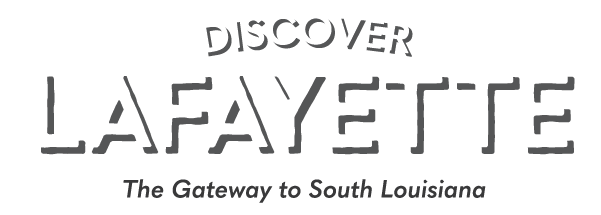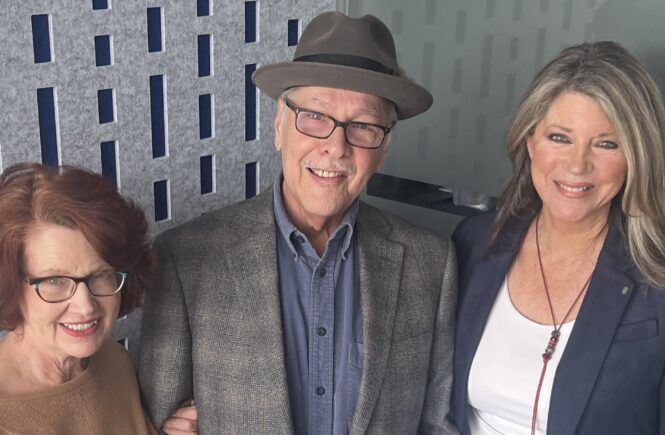Podcast (nourishyourhealth): Play in new window | Download (Duration: 50:50 — 69.8MB)
Subscribe: RSS
Pat Mire, who founded Cinema on the Bayou Film Festival in 2006, joins Discover Lafayette, along with his wife, Rebecca Hudsmith, to discuss his career as a filmmaker celebrated for his authentic portrayals of Cajun culture. Since his early days as a filmmaker, Pat has been able to make a living solely by directing and producing films which resonate with audiences of all backgrounds and of various cultures.
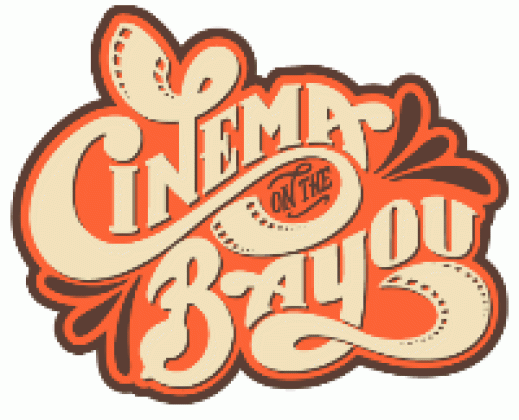
Cinema on the Bayou Festival was created in 2006 by chance, after the devastating damage wreaked by Hurricane Katrina upon New Orleans. “The National Film Board of Canada called me saying there was a US premiere of the documentary “Maroon,” by famed Quebecois filmmaker Andre Gladu that was supposed to be playing at the New Orleans Film Festival. I was living in uptown New Orleans and we all had to leave. There was nobody living in New Orleans at that time in 2006.. And so I came here to Lafayette. There was no New Orleans. It was an opportunity. I decided we were going to pay for his hotel, fly him here, and pay a stipend. I said, I’m starting a film festival. That’s how it started. I’ve worked with all the scholars here, including Barry Ancelet and Carl Brasseaux, to preserve our local culture.”
Since 2006, Cinema on the Bayou has presented hundreds of internationally acclaimed documentary, narrative fiction, animated and experimental films, with filmmakers in attendance from across the United States and around the world. The Festival is now unique among film festivals in the U.S. in that it also regularly screens a large number of French-language independent films and presents filmmakers from throughout the Francophone world.
Pointe Noire, a film the couple co-wrote and produced together, will premier on January 22, 2025, at the St. Landry Cinema in Opelousas as a feature film of the Cinema on the Bayou Film Festival. Local talent, Andrew Morgan Smith, a veteran composer from Youngsville, was the composer for the movie’s score.
Cinema On the Bayou runs from Jan. 22 – 29, 2025. For Pointe Noire’s premiere on Jan. 22, doors will open at 6 p.m. at St. Landry Cinema, 1234 Heather Dr., Opelousas, with a Red Carpet wine reception. The film will screen at 7 p.m. Following the film screening and Q&A, the after-screening reception for all attendees will be held at Cite des Arts, 109 Vine St., Lafayette. There will be a cash bar along with complimentary boudin and king cake. Tickets for the opening night film screening and reception are $20 per person and cna be purchased in advance at www.cinemaonthebayou.com. All-Access passes for the festival can be purchased at: https://cinemaonthebayou2025.eventive.org/passes/buy
Pointe Noire, shot throughout the Acadiana area, stars Canadian film stars Roy Dupuis and Myriam Cyr, and features Michael Bienvenu and Zachary Richard. It tells the story of filmmaker and crawfisherman Louis Leger (Roy Dupuis) and criminal defense attorney Dolores Arceneaux (Myriam Cyr), who join forces in the Cajun prairie community of Pointe Noire in an effort to save the life of Joel Richard (Michael Bienvenu), a falsely accused man on Louisiana’s Death Row. What follows is a search to find out what really happened 30 years ago when two people were killed on the night of the traditional courir de Mardi Gras. Along the way, Louis and Dolores uncover a hauntingly beautiful, isolated community suffering from secrecy and deceit, yet ultimately striving to achieve its own form of folk justice.
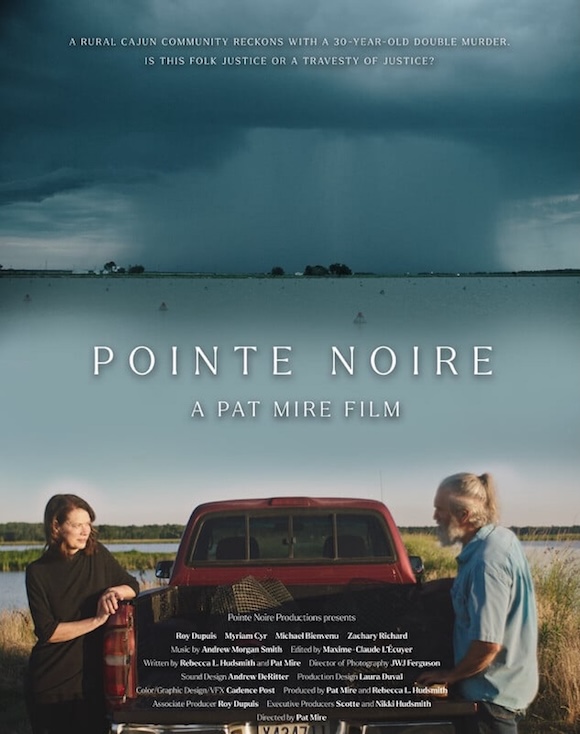
Pat’s documentaries have been broadcast nationally on PBS, the Discovery Channel, and many more platforms, and have earned prestigious awards including the American Anthropological Film Festival’s Award of Excellence.
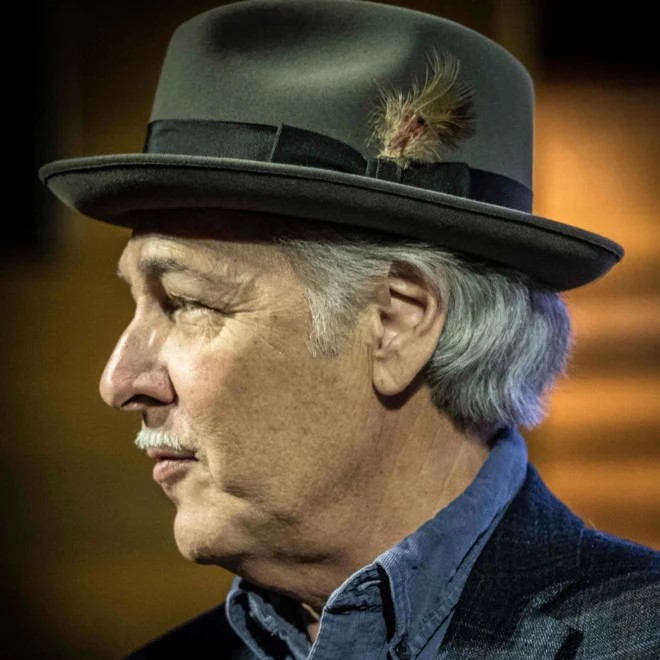
“A film is told three ways. There are three films in one film. It’s what you write, what you shoot and what you edit… post production That’s, to me, the lace and embellishment. The negligee you put on the film at the end is so important.”
His first film, Dirty Rice, premiered at the 1997 New Orleans Film Festival, and was an official selection of the 1998 London Film Festival where it received critical acclaim. The film debuted at the United Artists Theatre on Kaliste Saloom Road and set a record in Lafayette for the longest running movie, held for over five consecutive months.
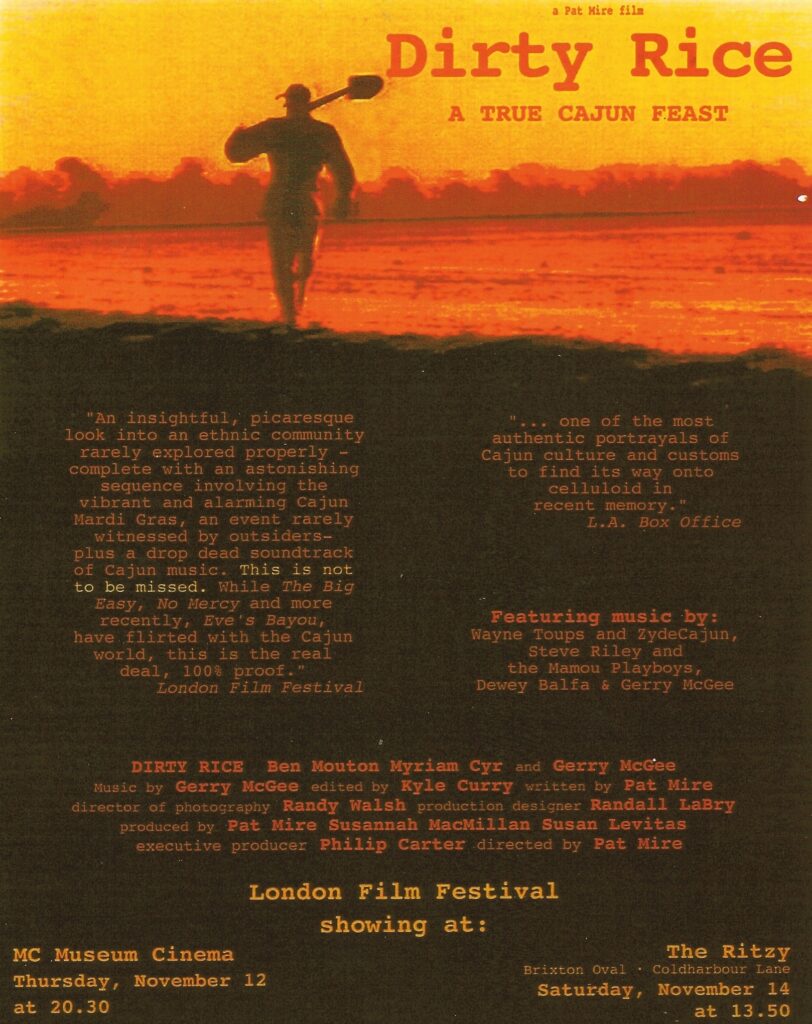
Pat’s story is intriguing, as he didn’t study film, but he always was drawn to the magic of filmmaking. “It started when I was a child, when I was in the Liberty Theater in Eunice with my older brother Louis. We were watching a black and white picture and all of a sudden I felt like my seat was unbolted, like I was just pulled into the crowd. I turned to my brother and said, ‘Lou, how did they do that? He said what? I said, how did they do that? He said what? I said, you know, how did they do that? He said, shut up and watch the show. It was a tracking shot. All of a sudden, without being able to explain it, I felt like I was manipulated. There was something going on behind the story, and it was the camera. It was a dolly shot, a tracking shot that was going on. I’ve always wanted to recreate that feel.”
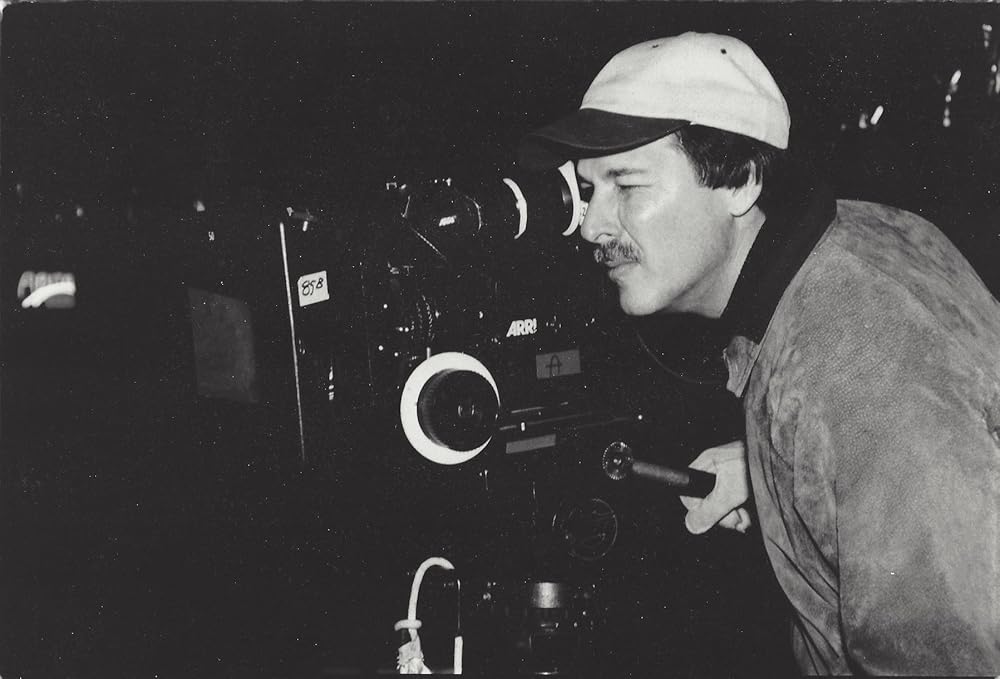
On Pat’s first film, Dirty Rice: “It was an unpretentious little film I made for $10,400 from a grant from the Louisiana Endowment for the Humanities. The Discovery Channel ran it 22 times, and I was paid $5,000 every time it ran. Back then, I lived off of it for a couple of years. I said, I’m not going to be crawfishing anymore. I’m making movies. and so that’s how it started.”
“Dance for a Chicken” was played so many times on PBS and it was back in the day when PBS was buying films at $1,000 a minute, and it was a 58 minute film. It was an hour film. 56 because you had to run it and you had four minutes of commercial at the end. Back then, I’m from Eunice and I could live on that. I knew I would make it. I was rocking and rolling. I really was.”
Attorney Rebecca Hudsmith met Pat in 2006 back at the first Cinema on the Bayou Film Festival, and they have been together ever since. Melissa Bonin, the renowned artist who Rebecca showcased in her Bisteneau Shreveport art gallery, introduced them. Without saying more, when you meet them you can feel the love and support they offer each other.
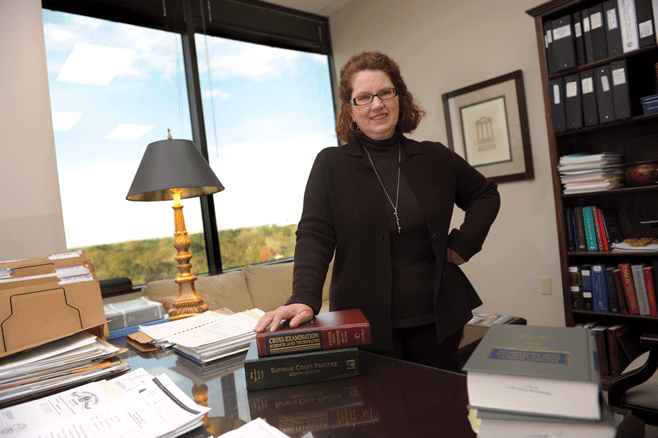
Pointe Noire was originally premiered at the 38th edition of FICFA (“The Festival international du cinéma francophone en Acadie”) in late 2024. Pat said, “The film is bilingual, maybe 20% French. It has English subtitles. You take a chance doing a bilingual movie, but it’s more and more accepted. The screenplay appeals to an intellectual audience.”
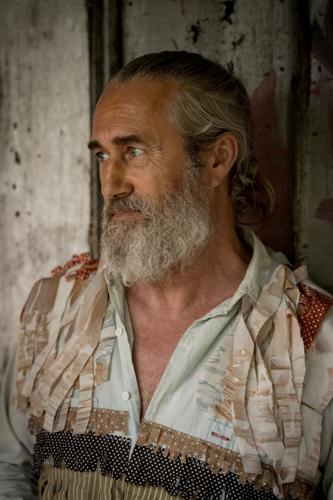
Pointe Noire was financed by Rebecca’s brother, Scotty. Rebecca said, “Scotty has done really well for himself. One day we went on his private jet to my nephew and niece’s wedding. I said, Scotty, let me tell you about the screenplay Pat and I have written, and we talked about it on the plane. He said, ‘This may be the happiest I’ve ever seen you, talking about this story. What do you need?’ I said, I just happen to have a budget right here. And then before you knew it, we were in production.”
The film was created anamorphically, a technique that intentionally distorts an image to create a wider field of view or a three-dimensional effect. Pat says, ” I wanted that look, that gritty look like True Detectives has. I wanted that 70s and 80s film look.”
Interestingly, the Canadian actors had to work on a Cajun dialect as they prepared for filming. “Roy Dupuis is from from Quebec. To sound like a Cajun was really important. Linguistically, it’s harder for Canadian actors to speak in “English Cajun.”
Pat knew the actors he wanted for Pointe Noire and wrote the script for them. Miriam Cyr (who was a 32-year old actress in Dirty Rice in 1997) and Roy Dupuis, the biggest film star in Canada, along with Zachary Richard, had worked with Pat before. As had Michael Bienvenu, Catherine Smith, Carolyn McGee, and several other actors.
In closing, may we point out how rich our region is with local talent. Please support Cinema on the Bayou and this year’s entries. Even more importantly, please lift up our local talent and pay to experience their works. They toil year round, and only survive by our contributions to their efforts. Thank you!
